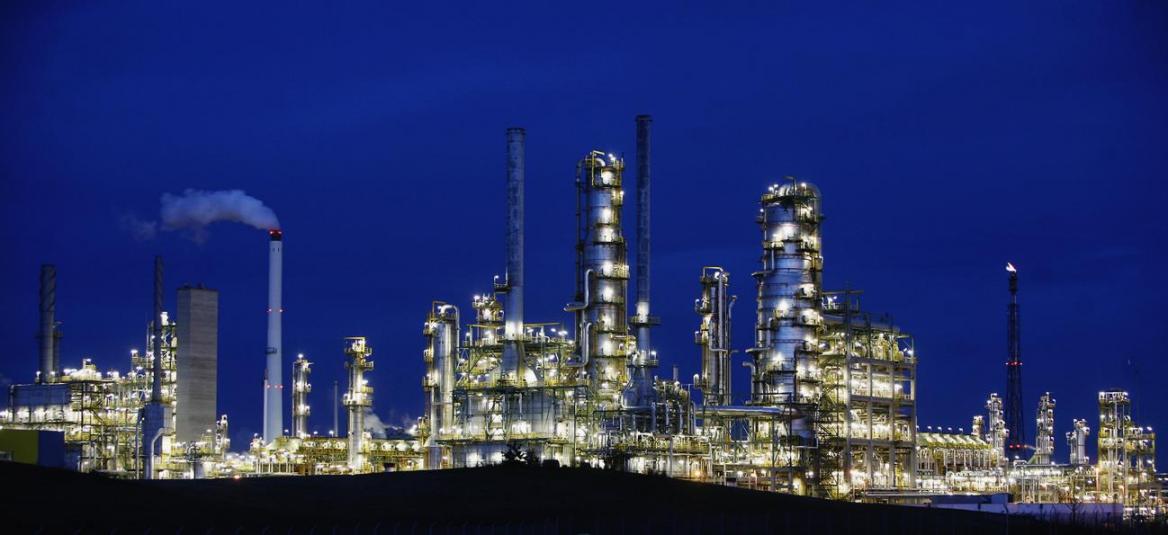Russia’s economy has contracted the most since 2009 following lower oil. The country’s GDP shrank by 4.6% in the second quarter from the same period last year, following a 2.2% decline in the previous three months, according to the Federal Statistics Service in Moscow cited by Bloomberg.
This was a greater contraction than expected: Analysts in a Bloomberg survey were forecasting a 4.5% contraction, while Russia’s Economy Ministry projected 4.4%.
A steeper drop would run counter to assertions by government officials that last quarter marked “the lowest point” for Russia, with growth set to resume late this year or at the start of 2016. What’s setting the economy back is a renewed slide in commodity prices that saw crude drop to a six-month low last week, hammering the ruble and shaking a country that relies on oil and gas for about half of its budget revenue.
“I don’t see anything turning up for Russia right now,” said Charles Movit, an economist at IHS Global Insight in Washington who predicts the country won’t have its first full year of positive growth until 2017. The lower oil price “puts more pressure on the ruble and as the ruble depreciates, it pushes inflation. So that’s more of a squeeze on consumers.”
Urals, Russia’s export blend of crude, averaged $57 in the first half, down almost 47% from the same period a year earlier, according to the economy ministry. The ruble has depreciated about 43% in the past 12 months, the worst performance globally, according to data compiled by Bloomberg.
Longer Recession?
“If current oil prices remain, any improvement may be delayed,” Dmitry Polevoy, chief Russia economist at ING Bank Eurasia JSC in Moscow, said by e-mail. “Moreover, the risks of recession continuing in 2016 will grow.”
The GDP decline last quarter was worse than all but five forecasts in a Bloomberg survey of 18 economists and below the economy ministry’s estimate for a 4.4% slump. The central bank said last month that it may worsen its forecast for a 3.2% contraction this year.
The rout on commodities markets may put the central bank in a bind if it destabilizes the ruble and reignites inflation. Consumer prices rose 15.6% in July from a year ago, down from a 13-year high of 16.9% in March. The central bank forecasts inflation at 10.8% by year-end and says its 4% target will be reached in 2017.
The Bank of Russia has lowered its benchmark by a cumulative six percentage points to 11% in five steps this year.
Financial Instability
“The sharp drop in oil prices is clearly leading to rapid weakening of the Russian currency, which could pose a threat to financial stability,” Alexander Morozov, HSBC’s chief economist for Russia, said by e-mail on Monday. “As a result, the central bank may pause its interest-rate cuts to wait for stabilization on the oil and currency markets.”
At the same time, currency adjustments are helping the economy absorb shocks from abroad, according to Vladimir Miklashevsky, a strategist at Danske Bank A/S in Helsinki.
“If the central bank lets the ruble weaken in tandem with weaker oil prices, this will protect the economy better from the oil shock,” Miklashevsky said by e-mail. “In the long-term, I think, the current oil price is for the good of Russia’s economy as a long-awaited diversification can finally start to happen.”
Payment cards
Russia is ready for the mass issue of national payment cards next year, as it seeks to detach from the western-dominated financial system and distance itself from geopolitical risks, said the head of the Central Bank at a meeting with President Vladimir Putin.
Twenty banks have already confirmed their attendance in a pilot issuance planned for December, Elvira Nabiullina said at the meeting to report the results of the Russian banking sector in the first half 2015.
The Mir payment system, launched in 2014 and branded in 2015, will have to conquer the 230 million-card Russian market.


